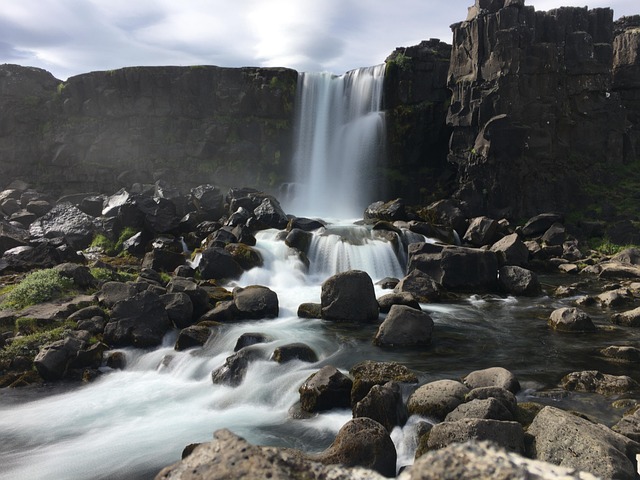
Tectonic Boundaries: The Earth's Crust's Drama Club
Welcome to the world of tectonic boundaries, where the Earth's crust puts on a show that would make any soap opera jealous. Imagine two massive plates, like two stubborn roommates, pushing, pulling, and occasionally crashing into each other. The results? Earthquakes, mountains, and a whole lot of geological drama.
What Are Tectonic Boundaries?
Tectonic boundaries are the edges where tectonic plates meet. These boundaries come in three flavors: convergent, divergent, and transform. Each type has its own personality and, of course, its own set of geological consequences.
Types of Tectonic Boundaries
- Convergent Boundaries: These are the heavyweight champions of the tectonic world. Here, two plates collide, and depending on their composition, one plate might get pushed under the other. This is how mountains like the Himalayas were born. Talk about a dramatic rise to fame!
- Divergent Boundaries: If convergent boundaries are the fighters, divergent boundaries are the peacekeepers. Here, plates pull away from each other, leading to the creation of new crust. Think of it as the Earth’s way of saying, "I need some space!"
- Transform Boundaries: These boundaries are like siblings who can't stop bickering. Plates slide past one another, causing friction that can lead to earthquakes. The San Andreas Fault is a famous example, and let’s just say it knows how to throw a party... of seismic proportions.
The Earth’s Moving Parts
Now that we know the types of boundaries, let’s talk about how fast these plates are moving. Scientists have their fancy tools to measure the speed of tectonic plates today, but how do they know what happened in the past? They can look at geological records, which are like the Earth’s diary entries, revealing how these plates have been shimmying and shaking over millions of years.
Why Should We Care?
Understanding tectonic boundaries is crucial. They are responsible for earthquakes, volcanic activity, and the formation of mountains. So, if you’ve ever wondered why your morning coffee was interrupted by a little shake, you can thank these geological powerhouses.
Plus, knowing about these boundaries can help in disaster preparedness. After all, it’s better to know when to duck and cover than to be caught off guard while scrolling through your phone.
In Conclusion
Tectonic boundaries are a fascinating aspect of our planet's geology. They remind us that while the Earth may seem stable, it’s actually a dynamic and ever-changing environment. So, the next time you feel a tremor, just remember: it’s not just the Earth moving; it’s a whole lot of plates having a dramatic moment!


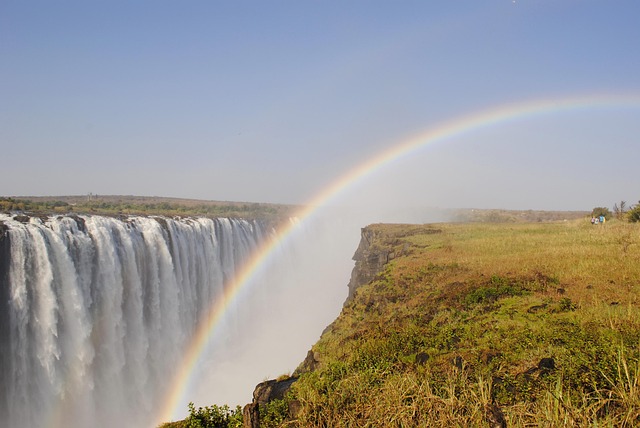
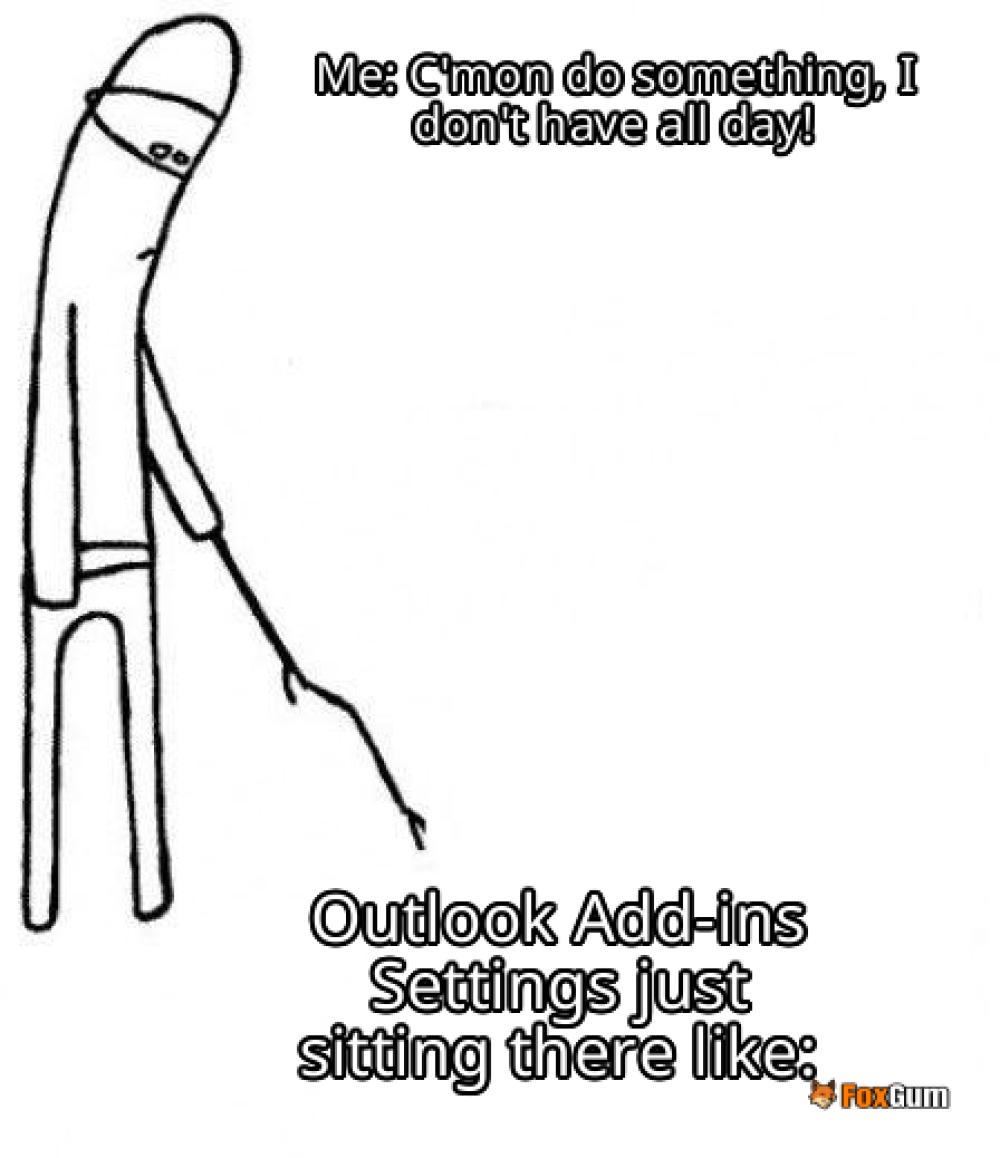
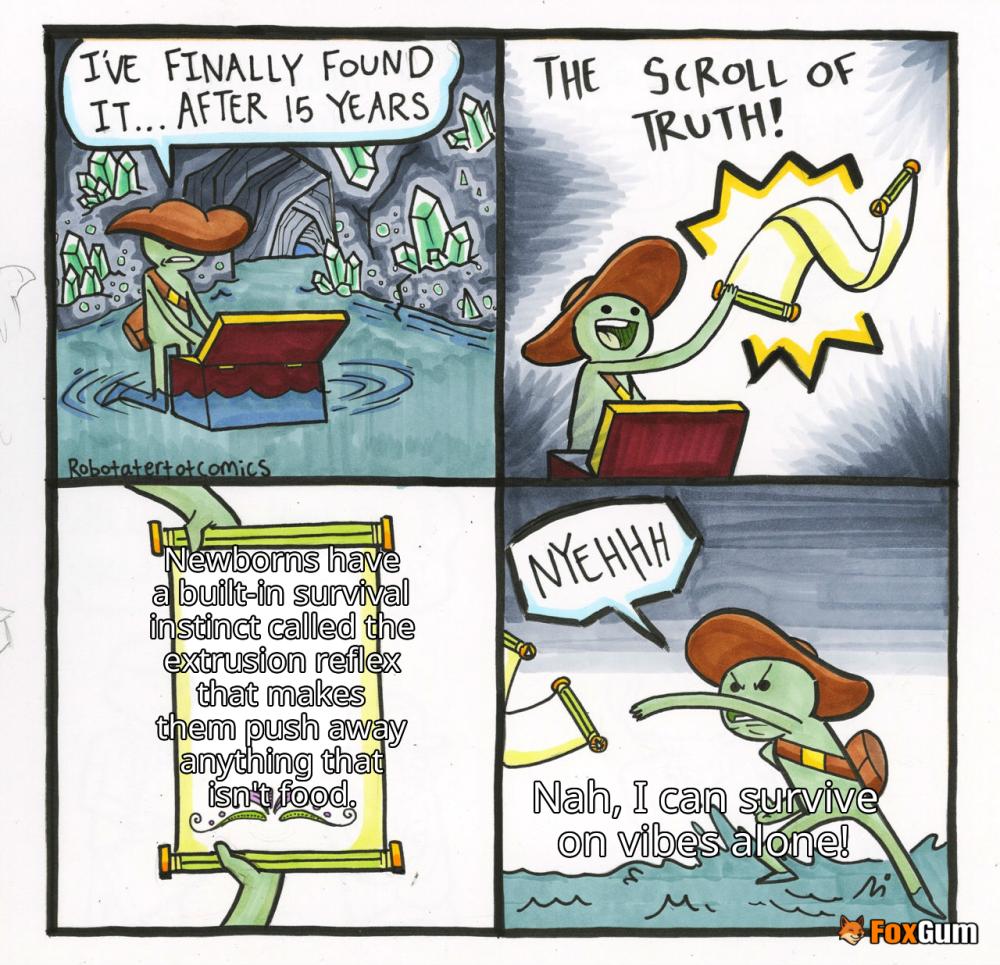
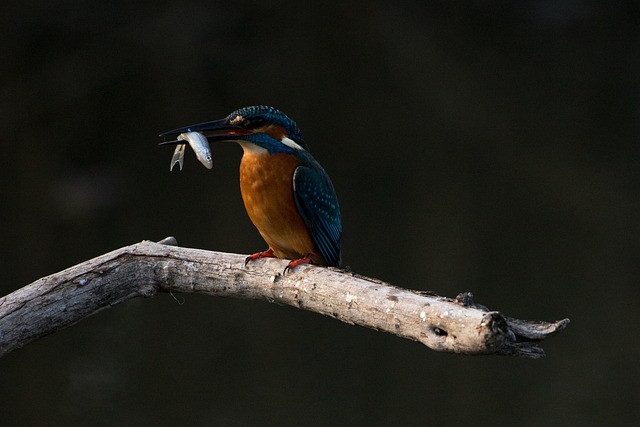

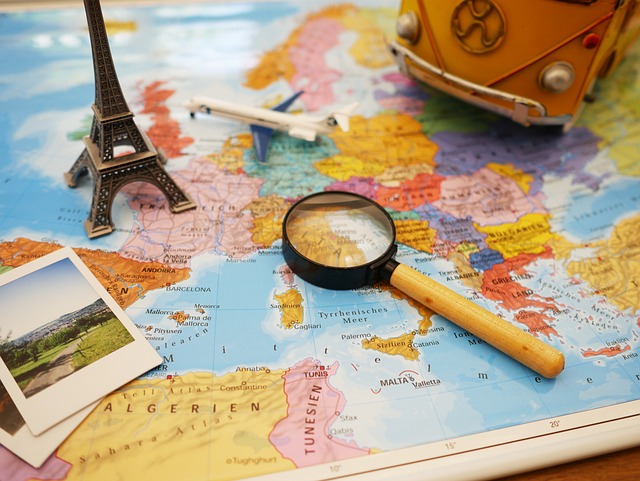


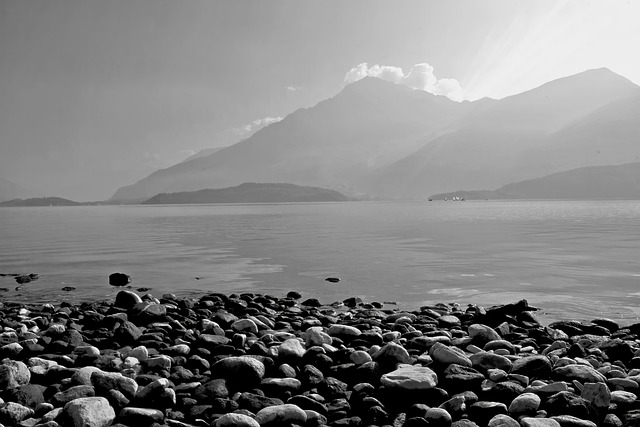



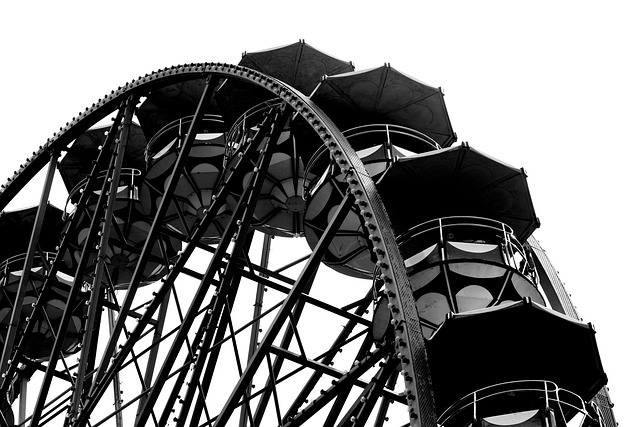
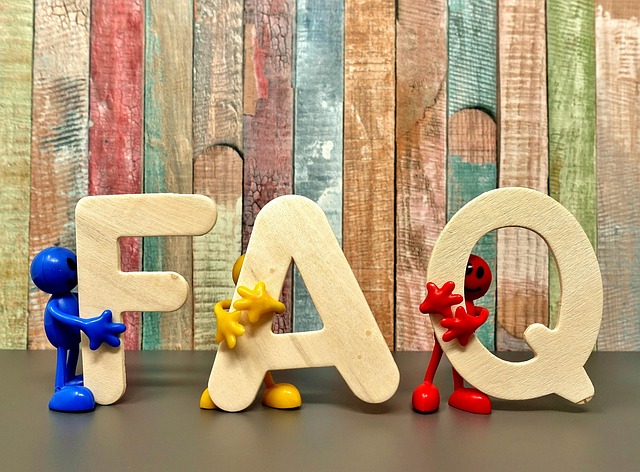

 Infective Endocarditis
Infective Endocarditis 
 Health
Health  Fitness
Fitness  Lifestyle
Lifestyle  Tech
Tech  Travel
Travel  Food
Food  Education
Education  Parenting
Parenting  Career & Work
Career & Work  Hobbies
Hobbies  Wellness
Wellness  Beauty
Beauty  Cars
Cars  Art
Art  Science
Science  Culture
Culture  Books
Books  Music
Music  Movies
Movies  Gaming
Gaming  Sports
Sports  Nature
Nature  Home & Garden
Home & Garden  Business & Finance
Business & Finance  Relationships
Relationships  Pets
Pets  Shopping
Shopping  Mindset & Inspiration
Mindset & Inspiration  Environment
Environment  Gadgets
Gadgets  Politics
Politics 